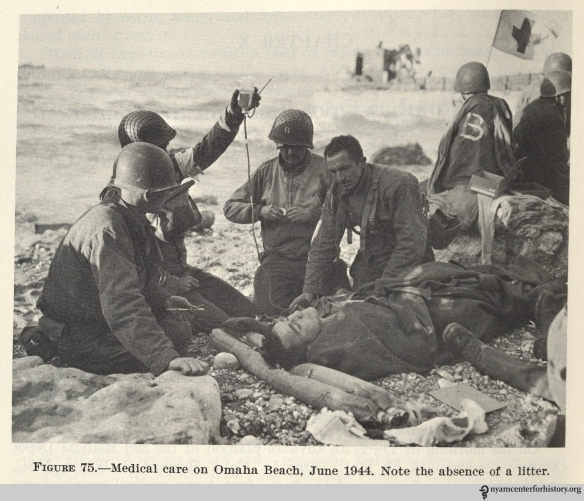By Arlene Shaner, Acting Curator and Reference Librarian for Historical Collections
As we head into full summer, it seems appropriate to take a look at one of our many natural history books for this item of the month. Anyone who spends time outside at this time of year encounters insect life of many kinds.
While we mostly tend to avoid the bugs we encounter, many 18th century naturalists found them enticing subjects of study. John Hill (1714?-1775), the author of the charming A Decade of Curious Insects (1773), was no exception. Hill was an English apothecary and botanist with frustrated literary and theatrical aspirations. He also had a medical degree from the University of St. Andrews, but whether he actually studied to become a physician or just purchased the degree is unclear. He worked as an apothecary and created and dispensed many herbal remedies. He is most remembered now for his various botanical works, including the British Herbal (1756), a series of popular herbal medicine treatises, and the 26-volume Vegetable System (1759-1775).1,2
Hill had a longstanding interest in microscopic observation and revised an English translation of Jan Swammerdam’s heavily illustrated Book of Nature, or the History of Insects in 1758. In the little work that is the subject of this post, however, he made the observations himself, using a lucernal microscope probably much like the one pictured here.
All ten engravings in our copy are hand colored, although the illustrations could also be purchased separately and painted for personal education or enjoyment. As the verso of the title page notes, “Ladies who may chuse to paint these Insects themselves may have Sets of the Cuts on Royal Paper printed pale for that purpose.”
The text provides detailed descriptions of each insect, with particular attention paid to the colors of individual body parts. Sometimes Hill also offers his observations on their habits. Day-Flies, for example, “are an inoffensive race; born to pass thro’ their little stage of being, the prey to a thousand enemies; but hurtful to no creature.”
The Savages, Sphex and Sphex Spirifex, attack other insects with an unmatched intensity. In the case of the Comb-Footed Savage, “The number of other Insects these destroy, is scarce to be conceiv’d ; the mouth of their cave is like a Giant’s of old in romance ; strew’d with the remains of prey… he will kill fifty for a meal.”
A warning, though, that anyone who enjoys inhaling the fragrance of a bouquet of flowers might be in for a dreadful surprise if the either the Straw-Colour’d or the Tawny Chinch lurks inside. According to Hill, a gentleman who suffered from headaches sneezed onto a sheet of paper one day, and a microscopical examination of the “moving particles” revealed them to be Straw-Colour’d Chinches.
Hill noted that both chinches inhabit a variety of popular flowers. “Many have this pain [headache] from the smell of Flowers,” he writes. “Some have been found dead, with quantities of violets, and other Flowers, in their chamber. Physicians have attributed these deaths to the powerful odour of those Flowers; but that they should be owing to these creatures, is much more probable.”
Perhaps you should think twice the next time you stop to smell the roses, just in case.
The book’s illustrations are too lovely not to share. Here are the remainder (click an image to view the gallery).
- Plate 1, Tenthredo luctuosa, the mourning saw-fly.
- Plate 2, Tenthredo variegata, the mottled saw-fly.
- Plate 4, Sphex spirifex, the turner savage.
- Plate 5, Myrmeleo formicarum, the grey ant eater.
- Plate 6, Cynips Quercus folii, the oak leaf gall fly.
References
1. Barker, G. F. R. (1891). Hill, John (1716?-1775). In Dictionary of National Biography, 1885-1900, volume 26. London: Smith, Elder & Co. Retrieved from http://en.wikisource.org/wiki/Hill,_John_%281716%3F-1775%29_%28DNB00%29
2. Gerstner, P. A. (1972). Hill, John. In Dictionary of Scientific Biography, volume VI. New York: Charles Scribner’s Sons.































